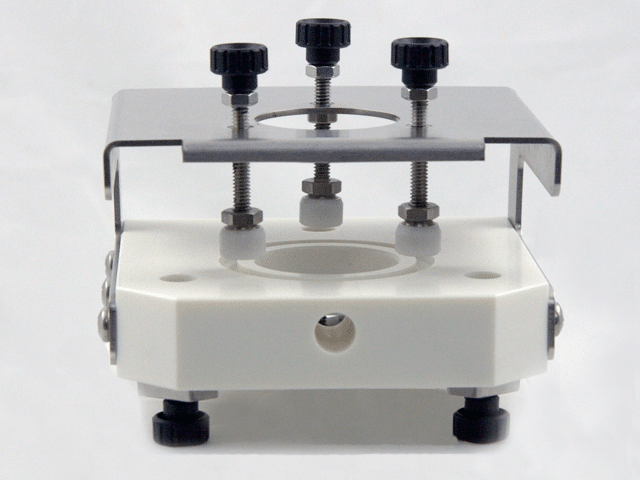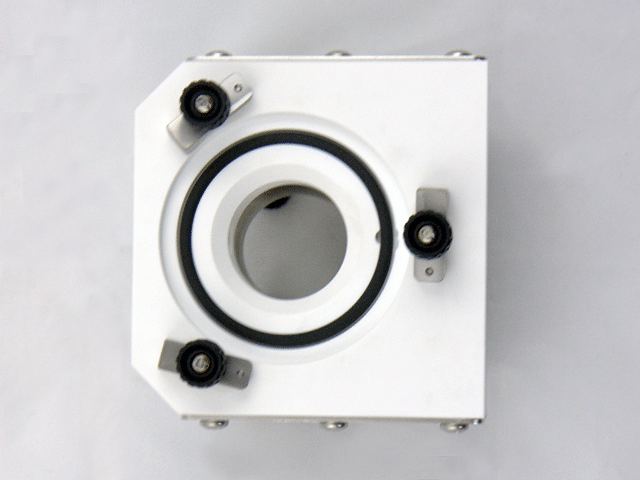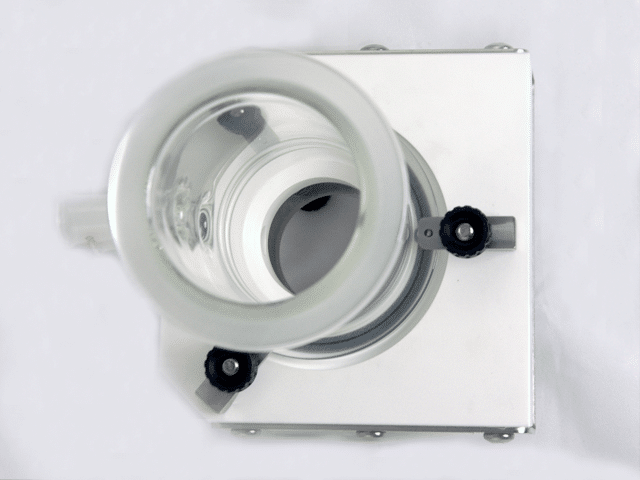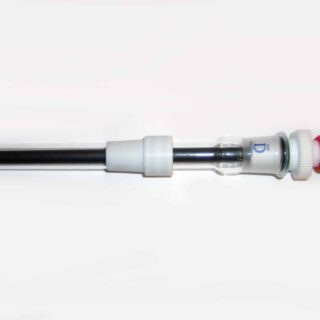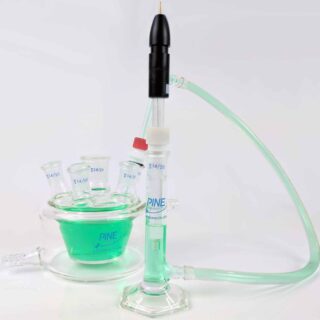Proteus Alpha I Cell Kit, Jacketed Cell, 500 mL
The Proteus Alpha I Cell with 500 mL jacketed-cell, is a versatile cell used for many applications including photoelectrochemistry, corrosion, and general electrochemistry. Sometimes cells of this style are called a flat cell. A flat cell is a commonly used tool for studying corrosion of flat metal samples, often which are modified with paint or other types of coatings. The Proteus Alpha I cellis especially suited to thin and planar samples without the need for expensive sample holders or custom electrodes. The Proteus Alpha I was designed to be simple to use, quick to assemble/disassemble/clean, sturdy, flexible, and versatile. For photoelectrochemical applications, install a quartz window in one (or both) of the end plates instead. For many applications, the Proteus Alpha I Cell from Pine Researchcan simplify the physical setup of both corrosion and photoelectrochemicalexperiments.
This product is sold as a kit, meaning it consists of multiple independent products used together. View the individual kit products in the tab below.
Customers must be logged into their account to view prices. Not all regions provide pricing online. If you do not see prices, you can obtain them from the designated sales channel in your region.
The Proteus Alpha I Cell with 500 mL jacketed-cell, is a versatile cell used for many applications including photoelectrochemistry, corrosion, and general electrochemistry. Sometimes cells of this style are called a flat cell. A flat cell is a commonly used tool for studying corrosion of flat metal samples, often which are modified with paint or other types of coatings. The Proteus Alpha I cellis especially suited to thin and planar samples without the need for expensive sample holders or custom electrodes. The Proteus Alpha I was designed to be simple to use, quick to assemble/disassemble/clean, sturdy, flexible, and versatile. For photoelectrochemical applications, install a quartz window in one (or both) of the end plates instead. For many applications, the Proteus Alpha I Cell from Pine Researchcan simplify the physical setup of both corrosion and photoelectrochemicalexperiments.








